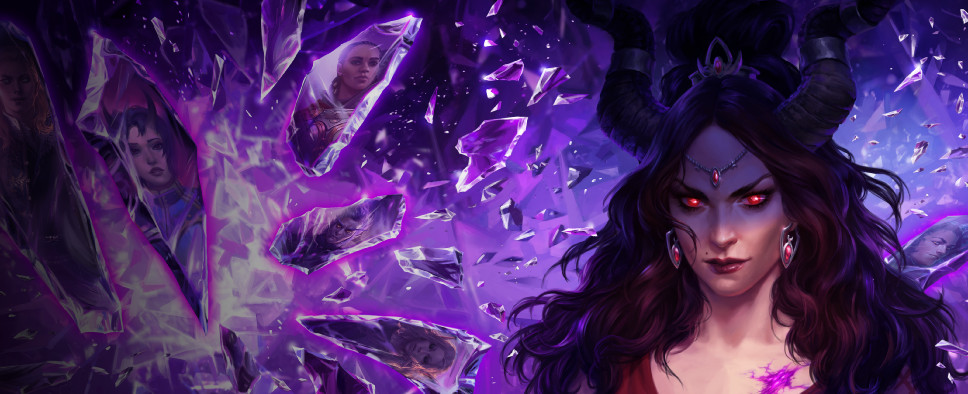Pathfinder: Wrath of the Righteous Review - Page 5
-
Category: ReviewsHits: 23359

Article Index
The game also has plenty of puzzles, both inside its dungeons, and as a big questline spanning most of the campaign. However, the puzzle designer and me, we're clearly operating on different wavelengths. Usually, when encountering a puzzle, I simply had no idea what it wanted me to do.
And generally, I'm for it, because not being able to complete everything in a game, and it fighting to keep its secrets, is a great thing. But at the same time, even after looking up the solutions for some of those puzzles, I still have no clue what the logic behind them was.
Crusader? I Hardly Know Her!
When not exploring dungeons or uncovering the secrets of the Worldwound, you'll be spending a decent chunk of time leading a crusade.
Essentially, right from the start, the game's map will be dotted with demon armies and fortifications blocking your adventuring progress. The armies, you can sneak your way around, but in order to go past the forts, you'll have to capture them. This is where your armies and their Generals (Heroes) come in.
Initially, when it was announced that Wrath would have a game mode inspired by Heroes of Might and Magic, I was pretty intrigued, since some of Owlcat's team members have previously worked on the fifth installment of the Heroes series.
The best-case scenario I could foresee was that this game mode would be a major hit and lead to another Might and Magic situation, where we'd have an RPG series, and side by side with it, a more strategic "Heroes" series.
Well, let's just say, having played it, I don't think anything like this is in the cards. In fact, Wrath's Crusade mode is so undercooked, it feels unfinished more than simply broken.
Crusade mode creatures all have weird stat sheets that list a bunch of irrelevant feats that don't really tell you anything useful about what those creatures actually do. The animations are extremely basic and some, like getting an extra turn due to high morale, don't exist at all. Certain General abilities don't work at all, others are laughably weak, and some are ridiculously strong.
Creature design is, let's just say, lacking. You have your glass cannons with no health but great damage, and your tanks armed with pillows that serve no other purpose than to needlessly drag battles out.
And on top of that, many of the advanced units you can hire are mercenaries, and you can't actually produce them, you just have to roll the dice on randomly getting a few of them at the start of the week, which makes creating a cohesive army all but impossible.
The battle arenas are mostly empty squares with maybe some log sitting somewhere. There are no retaliation attacks, no ranged penalties, and you can't even split your unit stacks effectively for some blocking shenanigans, because each stack counts as a separate squad, and initially, you can only have three squads on the battlefield.
With the system being so basic, you'd think that it at least could act as a nice change of pace for your adventuring. You beat a tough dungeon, you rest and recuperate, and in the meantime, you move some pieces on the board to unlock new places to explore later.
And for a while, it's exactly like that. But then, Chapter 3 starts, and we get an opportunity to pull a Scooby-Doo and unmask the Crusade mode for what it really is - old man Kingdom Management.
Once your crusade gets a permanent base, you're all of a sudden tasked with developing a town and a bunch of smaller outposts. You get a council of advisors with various tasks, events, and resources to manage. You have to deal with an endless conga line of supplicants who all want something from you. And it's all pretty much the same as it was in Kingmaker, countless loading screens included, although here they go by much quicker. Yay!
Honestly, I have no idea why Owlcat keeps trying to slip this feature past us. No one, at least to my knowledge, likes it. At best, people tolerate it.
Beyond just running the game's pacing, the whole thing is simply terribly designed. You can't actually do any strategizing on the strategic layer because you don't have a frame of reference for what you need, which buildings will get you there, and how to plan your settlements.

